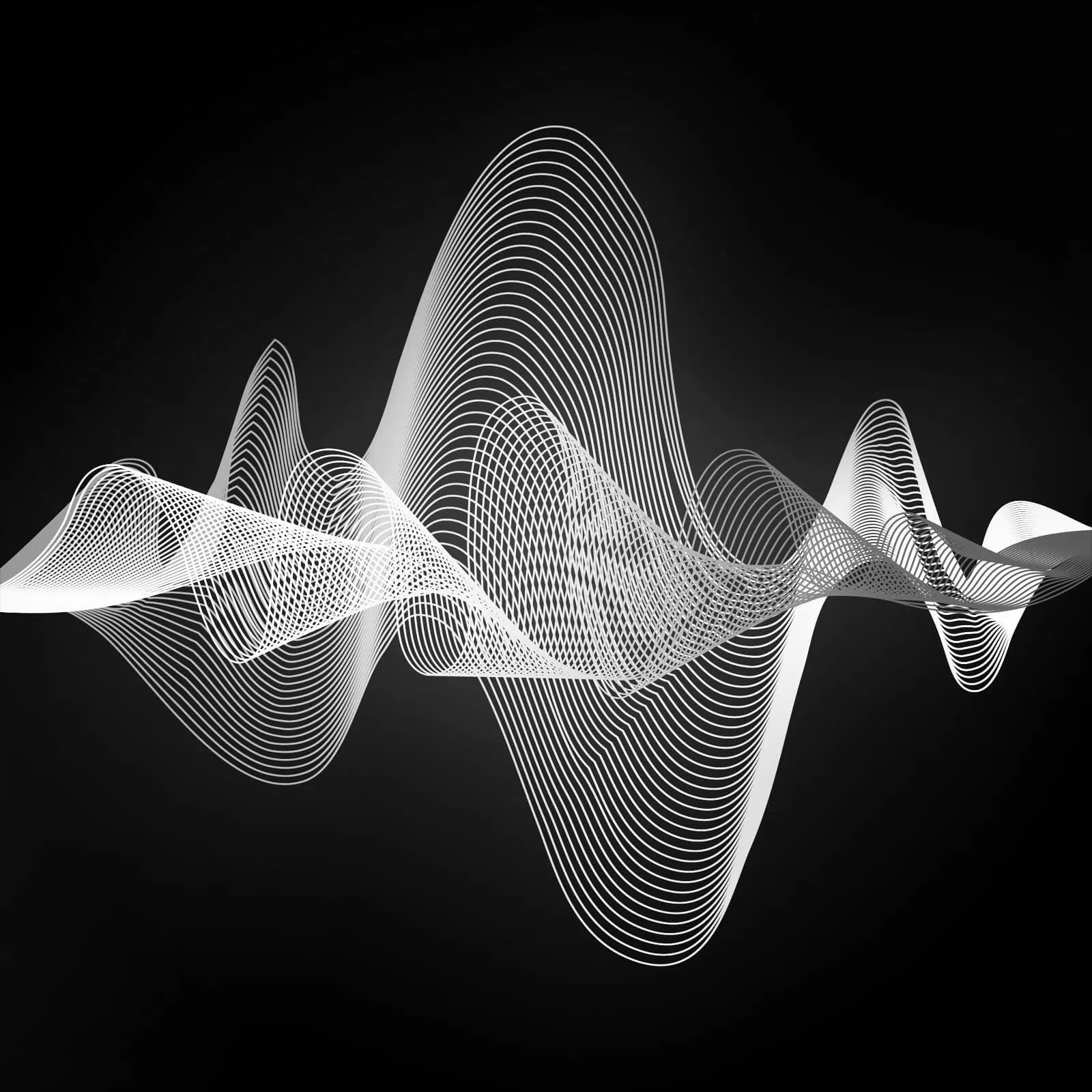(This is an excerpt of the Health Rounds newsletter, where we present latest medical studies on Tuesdays and Thursdays.)
By Nancy Lapid
(Reuters) -Low-dose radiotherapy is a safe, effective treatment for mild-to-moderate osteoarthritis, three research teams reported in San Francisco at the annual meeting of the American Society for Radiation Oncology (ASTRO).
In a randomized trial from Korea involving 114 volunteers with knee arthritis, significant reductions in pain and improved physical function were reported by those who received a low 3 Gy dose of radiation over the course of six sessions. Radiation doses after surgery for breast and head and neck cancers, by comparison, typically range from 45 to 60 Gy.
After four months, meaningful improvement in at least two of three areas – pain, physical function and overall condition – was achieved by 70% after low-dose radiation compared with 42% after a sham procedure.
A very-low-dose of radiation (0.3 Gy) was no better than the sham procedure, the researchers also found.
Separately, U.S. researchers reported that among 103 patients receiving radiation for osteoarthritis of the hands, knees or other sites, 84% experienced pain improvement, with rates of pain relief consistent across joints, genders, and body weights.
Low-dose radiation is regularly used for joint pain in Europe, but high-quality evidence from randomized trials has been limited until now, Dr. Byoung Hyuck Kim of Seoul National University College of Medicine, who led the Korean study, said in a statement.
In addition to radiation doses for arthritis being much lower than doses for cancer, targeted joints are usually far from vital organs, lowering the risk of side effects, Kim said.
German researchers who tracked more than 4,600 older patients treated with radiation for arthritis between 1994 and 2010 saw only three possibly related solid-tumor cancer diagnoses during 15 years of follow-up, two of which were skin cancers known as basal cell carcinomas, they reported.
The findings suggest that radiation doses used to treat benign musculoskeletal pain in elderly individuals carry “an almost negligible risk of inducing solid malignancies,” the researchers concluded.
However, 1.4% of patients developed blood cancers, particularly when treatment had been directed near blood-cell-producing bone marrow, suggesting radiation in shoulder and trunk regions should be used cautiously, they advised.
RADIOTHERAPY MAY SAFELY TREAT DANGEROUS ARHYTHMIA
Radiation may be safer and just as effective as invasive treatments for recurrences of the dangerous heart arrhythmia known as ventricular tachycardia, a small study suggests.
Patients with VT require high-dose drugs with difficult side effects plus implantable defibrillators that deliver powerful, painful shocks when needed. When drugs are ineffective, patients undergo catheter ablation, which involves anesthesia and threading a tube into the heart to destroy abnormal tissue.
Repeated ablations for recurrent VT carry high risks of complications.
Comparing 22 patients with recurrent VT treated with stereotactic radiation and 21 patients who received standard repeat catheter ablation, researchers found that four patients in the ablation group died within a month, all after treatment-related adverse events.
No deaths were attributed to radiotherapy during three years of follow-up, researchers reported at the ASTRO meeting.
At one year, hospitalization rates for treatment-related adverse events were 38% with ablation and 9% with radiation.
Both treatments were similarly effective, with median times until a new VT episode or defibrillator shock of 8.2 months with radiation and 9.7 months with ablation.
Complications occurred at a median six days after ablation versus 10 months after radiation.
Survival rates were 73% after radiation and 58% after ablation at one year, and 45% in both groups at three years.
The researchers said they believe patients lived longer after radiation because they avoided anesthesia and the early complications that can follow ablation.
Given the small size of the current study, results of an ongoing trial comparing the two approaches will be important to confirm the findings, they said.
NASAL SPRAYS COULD REPLACE INJECTIONS FOR ANAPHYLAXIS
Nasal sprays could replace needles for delivering epinephrine during severe allergic reactions, researchers reported at the European Emergency Medicine Congress in Vienna.
Data pooled from five international trials suggests that immediate administration of epinephrine via liquid or powder nasal sprays may be as effective and sometimes even better than immediate injection into the thigh in people with anaphylaxis, an acute allergic reaction that quickly becomes life-threatening, researchers said.
All of the studies were early-stage trials in healthy volunteers without anaphylaxis. It remains uncertain how sprays will perform in everyday use, the researchers acknowledge.
Still, they report, intranasal epinephrine reached the bloodstream within 2.5 to 20 minutes, compared to 9 to 45 minutes for injected epinephrine.
Sprays produced similar or higher blood levels than injections, while heart rate and blood pressure were similar in the groups. Side effects were mild and passed quickly, the researchers said.
The sprays have a two-year shelf life versus 12 to 18 months for the injectables, the researchers noted.
“Once strong, real-world evidence supports the safety and effectiveness of nasal sprays, they could be incorporated into national anaphylaxis guidelines,” study leader Danielle Furness of Milton Keynes University Hospital in the UK said in a statement.
Needle phobia is a common barrier to using injectable devices, emergency physician Dr. Felix Lorang of SRH Zentralklinikum Suhl in Thuringia, Germany, who was not involved in the study, said in a statement.
“Many people also hesitate when using a needle on a relative or friend for fear of hurting or injuring the person,” Lorang said.
“Nasal sprays appear to overcome these barriers and, if further studies confirm their safety and efficacy, they will be a useful alternative.”
(To receive the full newsletter in your inbox for free sign up here)
(Reporting by Nancy Lapid; Editing by Bill Berkrot)






Comments